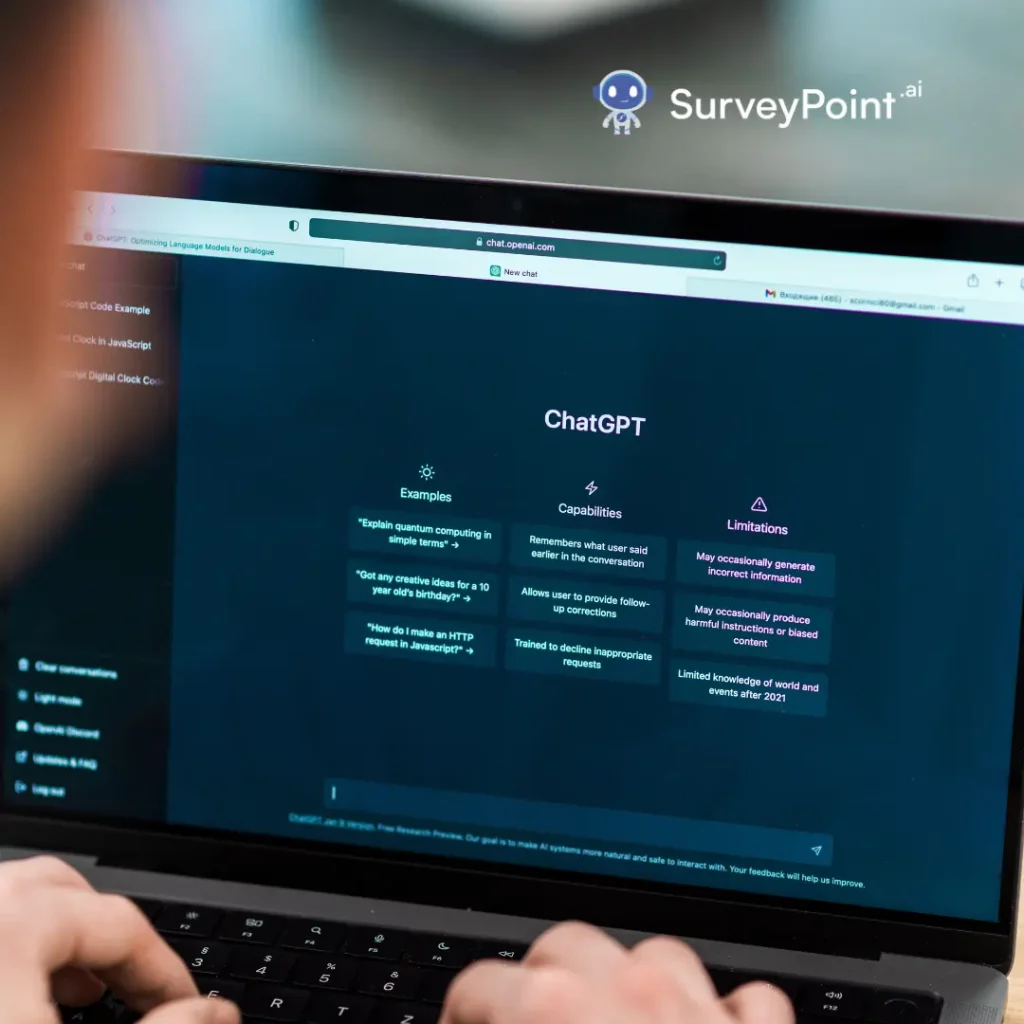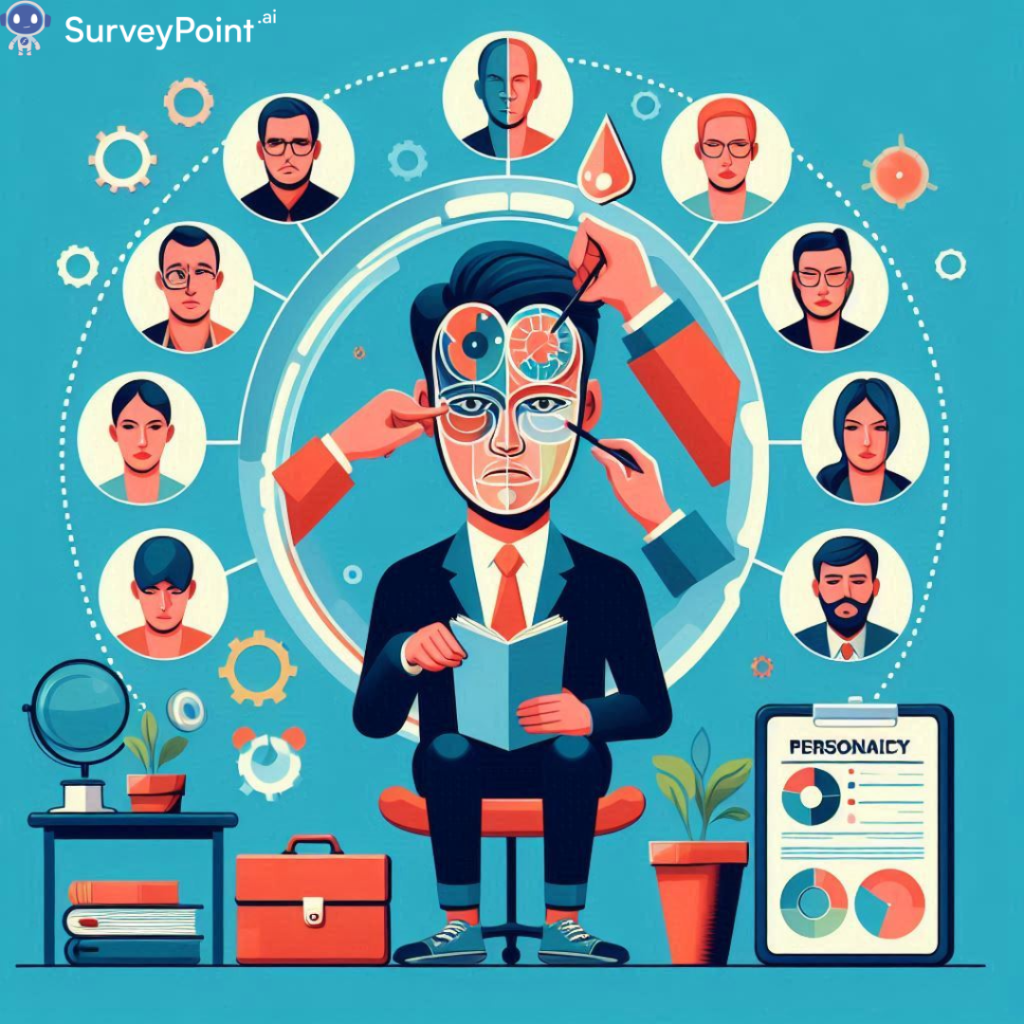
In the realm of artificial intelligence, the advent of powerful language models like ChatGPT has revolutionized human-computer interactions. As individuals and enterprises embrace the capabilities of these conversational AI models, it is crucial to unravel the intricacies of the security risks that accompany such technological marvels.
This blog aims to delve into the multifaceted landscape of ChatGPT security risks. From data privacy concerns to the potential for misuse of information and the challenges posed by model output accuracy, we will explore the various facets that demand our attention. Understanding the impact of these risks and learning how to stay safe in the age of AI is paramount for responsible utilization of these powerful language models.
ChatGPT Security Risks: What is it?
ChatGPT, a sophisticated conversational AI model, brings forth notable security considerations. Users should be mindful of potential data privacy concerns, avoiding the inadvertent disclosure of sensitive information. There’s a risk of misuse, as ChatGPT’s natural language capabilities might be exploited for phishing or other deceptive activities.
Ensuring the accuracy of model outputs is crucial to prevent biased or inappropriate content generation. Guarding against social engineering attempts and acknowledging dependence on an internet connection are additional aspects of concern. Regular updates and vigilant monitoring are imperative to mitigate vulnerabilities and maintain a secure interaction with ChatGPT.
Types of ChatGPT Security Risks
- Data Privacy Concerns:
ChatGPT interactions involve users providing text inputs, creating a potential risk of inadvertently disclosing sensitive information. Mitigating this risk involves user awareness, emphasizing the need to avoid sharing confidential data during interactions to safeguard privacy. - Misuse for Phishing:
Malicious actors may exploit ChatGPT’s language generation capabilities to craft convincing phishing messages. This risk highlights the importance of users being cautious about the information they share in AI-generated conversations and being vigilant against potential phishing attempts. - Biased Content Generation:
The training data for ChatGPT may contain biases, leading to the generation of outputs that reflect these biases. Addressing this risk involves continuous efforts by developers to reduce biases in the model and users being aware of the potential for biased content. - Social Engineering Exploits:
ChatGPT’s conversational abilities open the door to social engineering exploits, where malicious entities manipulate users through deceptive conversations. Users should be educated on recognizing and avoiding social engineering attempts, fostering a culture of skepticism in AI interactions. - Internet Dependency:
ChatGPT relies on a stable internet connection as a cloud-based service. Disruptions to the connection could impact the availability and security of the service. Implementing contingency plans for offline usage and ensuring a reliable internet connection are essential to mitigate this dependency-related security risk.
Unveiling the Impacts of ChatGPT Security Risks
Data Privacy Concerns:
- Inadvertent disclosure of sensitive information can lead to privacy breaches, identity theft, or unauthorized access to personal data, causing significant harm to individuals.
Misuse for Phishing:
- Phishing attempts using ChatGPT can result in financial losses, identity theft, or compromise of sensitive credentials as users may be deceived into providing information to malicious actors.
Biased Content Generation:
- Biased content may perpetuate stereotypes, contribute to discrimination, or generate inappropriate responses, negatively affecting users and reinforcing existing societal biases.
Social Engineering Exploits:
- Social engineering attacks can lead to manipulation, trust exploitation, and unauthorized access to sensitive information, potentially causing financial losses, reputational damage, or other serious consequences.
Internet Dependency:
- Reliance on a stable internet connection means disruptions could lead to service unavailability, affecting real-time interactions and potentially causing inconvenience for users who depend on ChatGPT’s continuous functionality.
Ensuring Safe Usage of ChatGPT in the Workplace: Tips for Employers
Training and Awareness:
Ensure that employees receive comprehensive training on the capabilities and limitations of ChatGPT. Educate them on potential security risks associated with AI interactions and emphasize responsible and ethical usage.
Clear Usage Policies:
Establish clear and concise guidelines outlining the appropriate use of ChatGPT. Define what types of information can and cannot be shared through the tool and communicate the consequences of policy violations.
Regular Updates and Monitoring:
Keep ChatGPT and related systems up to date with the latest security patches. Implement monitoring tools to detect unusual or potentially malicious activity, and regularly review user interactions for compliance.
Data Handling Practices:
Instruct employees to avoid sharing sensitive or confidential information via ChatGPT. Emphasize data privacy and implement mechanisms to automatically filter or flag sensitive content.
Integration with IT Security Policies:
Ensure that ChatGPT usage aligns with broader IT security policies within the organization. Integrate ChatGPT into existing security protocols, including firewalls and intrusion detection systems.
Multi-Factor Authentication:
Implement multi-factor authentication for applications or systems involving ChatGPT interactions. Strengthen user authentication processes to prevent unauthorized access.
Regular Communication:
Maintain an open line of communication with employees regarding updates, changes, or potential security concerns related to ChatGPT. Encourage them to report any suspicious activities or security incidents promptly.
Periodic Training Refreshers:
Conduct periodic refresher training sessions to keep employees informed about the latest security best practices and updates to ChatGPT policies. Reinforce the importance of staying vigilant and responsible in AI interactions.
Collaboration with AI Providers:
Stay informed about the security features and updates provided by the ChatGPT service or AI provider. Collaborate with the provider to address any security concerns or vulnerabilities promptly.
Legal and Compliance Considerations:
Ensure that ChatGPT usage complies with relevant legal regulations and industry standards. Stay updated on data protection laws and incorporate necessary adjustments to ensure compliance.
By incorporating these tips, organizations can create a secure environment for employees to leverage ChatGPT effectively while minimizing potential security risks.
Conclusion
As we navigate the uncharted waters of AI-driven communication, acknowledging and addressing ChatGPT’s security risks is imperative. From safeguarding personal data to mitigating the risks of misinformation and cyber threats, our ability to stay safe in this evolving landscape depends on a collaborative effort.
In conclusion, ChatGPT’s security risks are not insurmountable challenges but rather invitations to adopt responsible practices. By understanding the nuances of each risk, individuals and enterprises can harness the power of AI while minimizing potential harm. The journey towards secure AI interactions requires continuous vigilance, education, and the collective commitment to building a future where innovation and safety coexist harmoniously.




